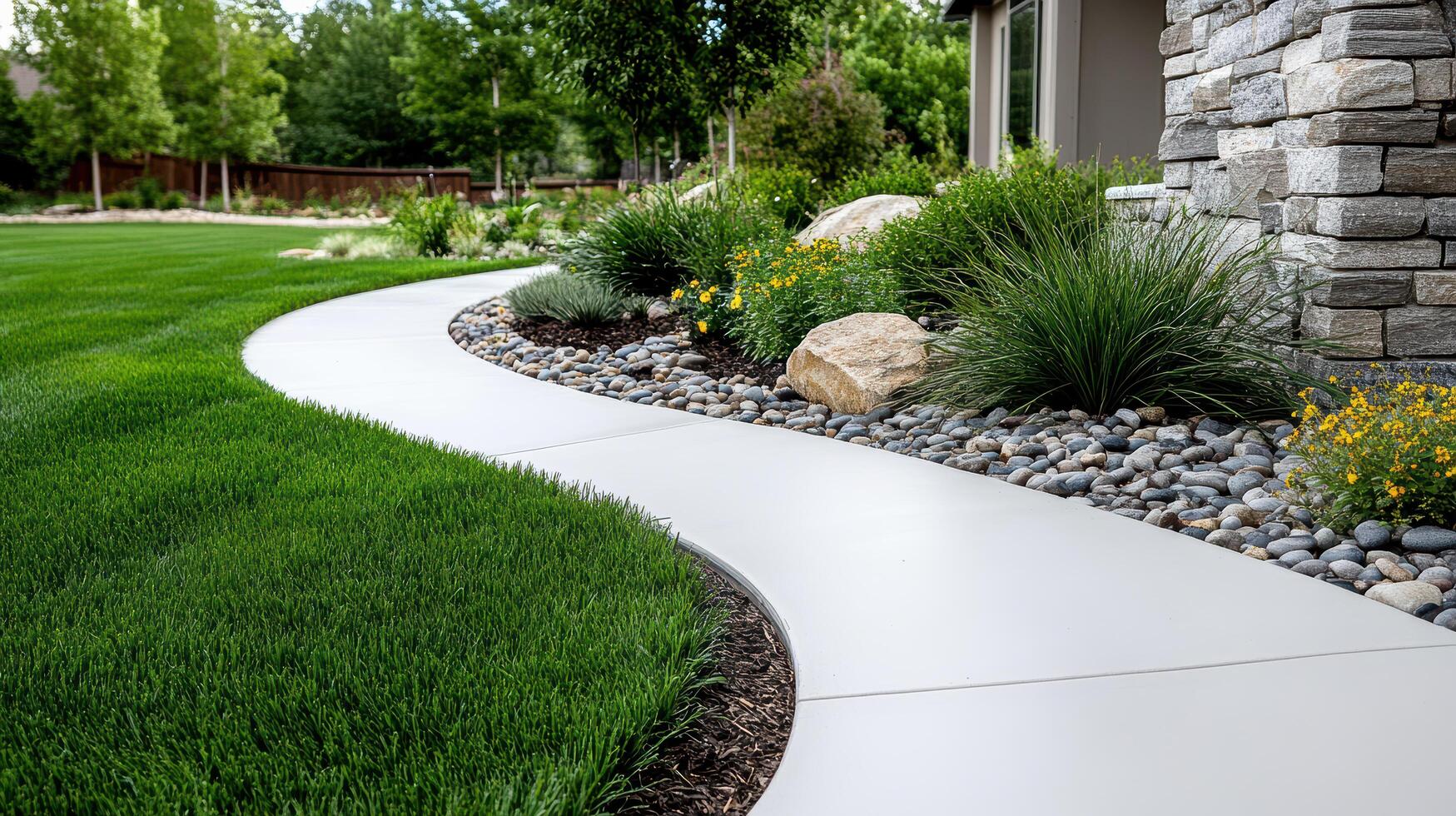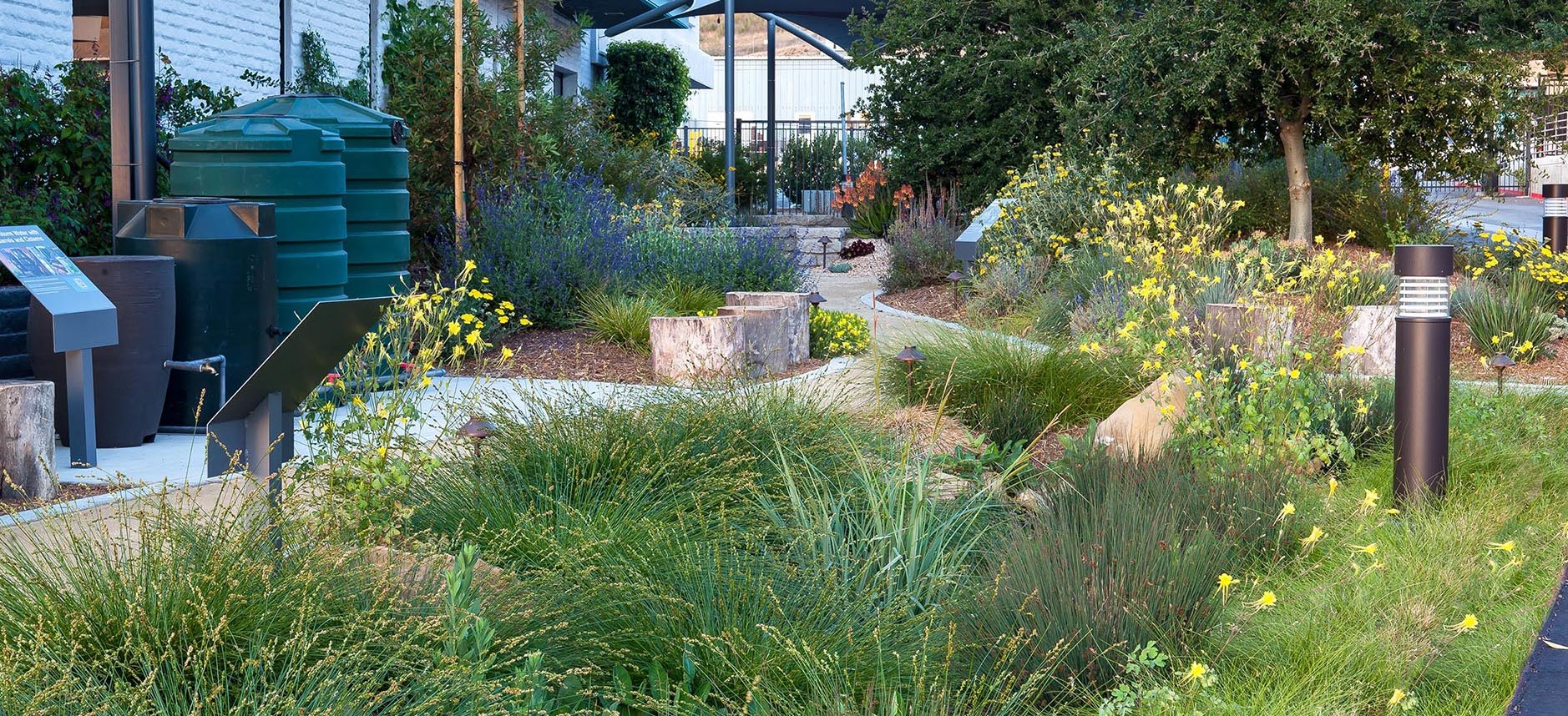How to Design a Water-Efficient Garden: A Detailed Guide

Designing a water-efficient garden is essential for conserving water, reducing maintenance, and creating a sustainable outdoor space. This blog article will guide you through the key steps and considerations to achieve a beautiful, eco-friendly garden that thrives with minimal water use.
Introduction
- Importance of water conservation in gardening
- Benefits of a water-efficient garden: cost savings, environmental impact, and plant health
Planning Your Water-Efficient Garden
- Assess your local climate and soil type
- Choose the right location considering sunlight and shade
- Design layout to maximize water retention and minimize runoff
Selecting Water-Wise Plants
- Native and drought-tolerant species
- Grouping plants by water needs (hydrozoning)
- Examples of popular water-efficient plants
Soil Preparation and Mulching
- Improving soil with organic matter to retain moisture
- Benefits of mulching to reduce evaporation and suppress weeds
- Types of mulch suitable for water-efficient gardens
Efficient Irrigation Techniques
- Drip irrigation systems and soaker hoses
- Timing and frequency of watering for optimal absorption
- Rainwater harvesting and greywater reuse
Maintenance Tips for Water Efficiency
- Regular monitoring of soil moisture
- Pruning and plant care to reduce water demand
- Adjusting irrigation seasonally
Using Tables and Lists for Clarity
- Include tables comparing water needs of different plants
- Lists of do’s and don’ts for water-efficient gardening
Frequently Asked Questions (FAQ)
- How often should I water a water-efficient garden?
- What are the best plants for dry climates?
- Can I convert an existing garden into a water-efficient one?
Conclusion
- Recap of key points
- Encouragement to start designing a water-efficient garden
This structure ensures the blog article is comprehensive, SEO-friendly, and reader-friendly by using tables, lists, and FAQs to organize information effectively. The language should be clear, engaging, and informative to attract and retain readers interested in sustainable gardening.
